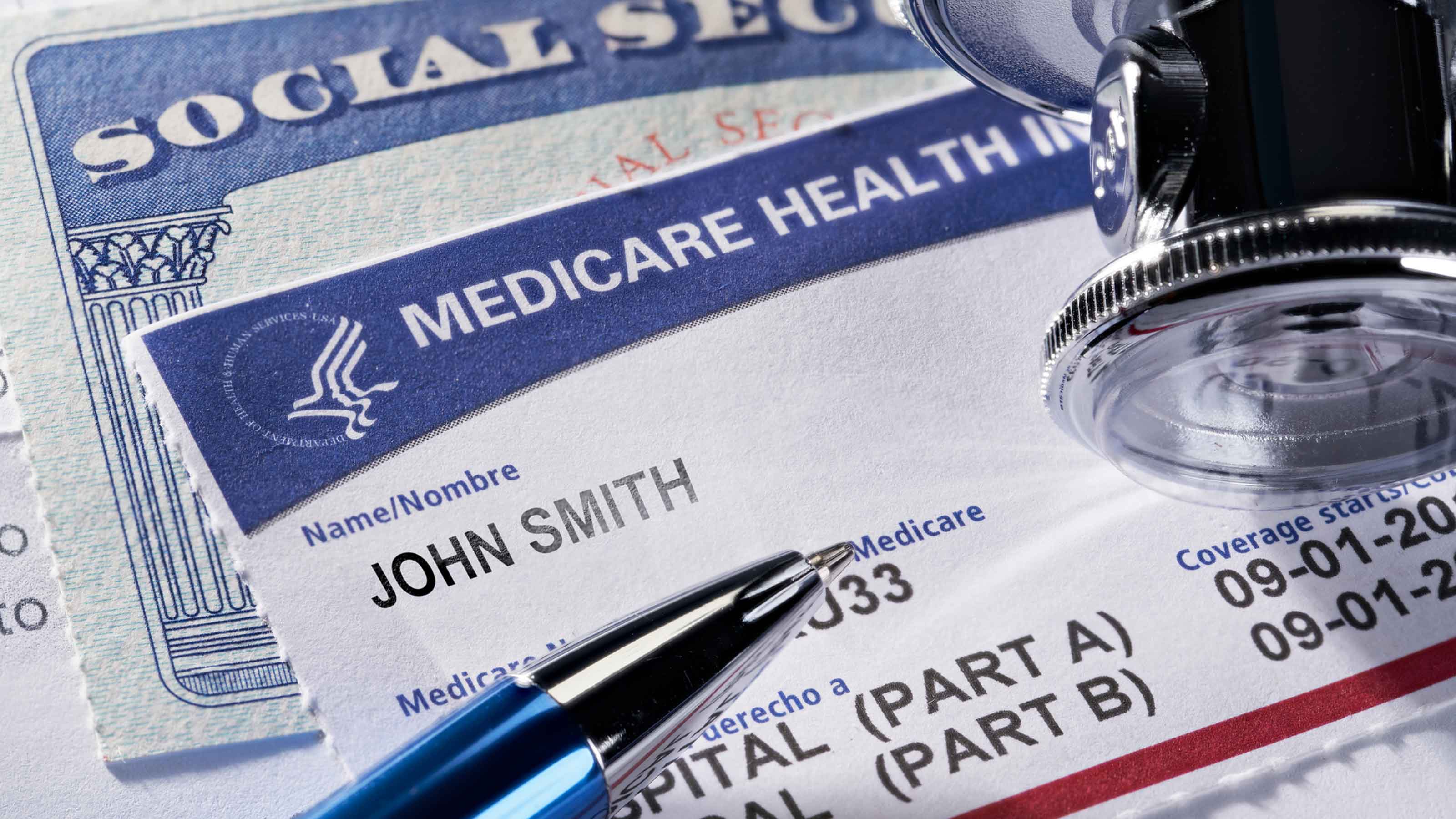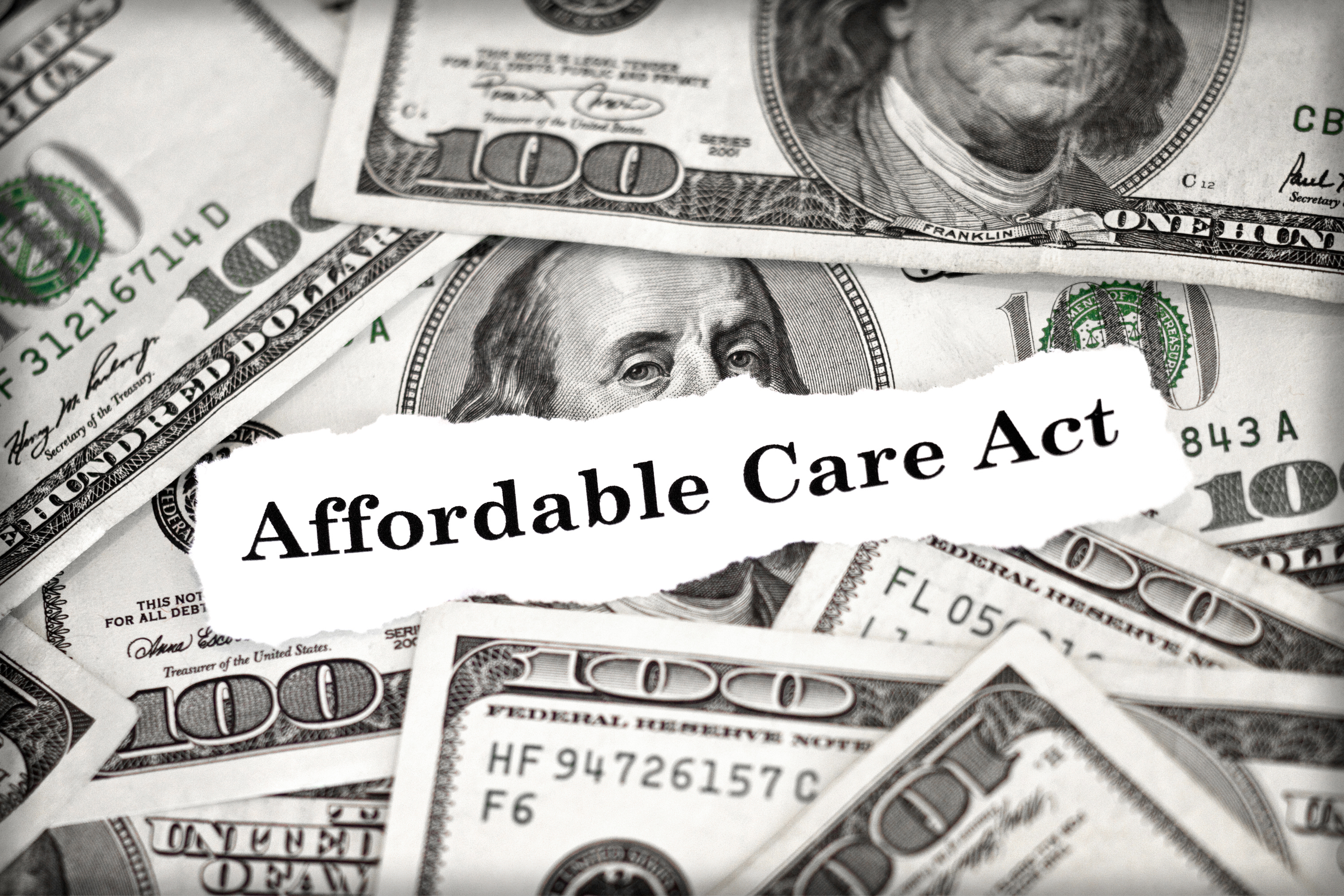Big Changes Likely for Social Security, Medicare Under a Biden Presidency
The new president and a fresh Congress will sooner or later have to face the twin safety net programs, both sorely in need of help.

When President-Elect Joe Biden takes office next year, sooner or later he and Congress will need to confront the third rail of politics -- the twin safety nets that Social Security and Medicare provide, both of which have been fraying for some time.
Funding shortfalls or outright insolvency loom for the retirement programs as demand grows from an aging population. A deadly pandemic and struggling economy have only accelerated fiscal and demographic pressures.
In 2021, Social Security is expected to begin drawing down its trust fund to cover benefits instead of tapping only the interest. Unless Congress acts, Social Security beneficiaries can expect at least a 20% cut in benefits when the trust fund runs out in 2033 – thanks to the pandemic, two years sooner than previously projected -- according to the Center for Retirement Research at Boston College.

Sign up for Kiplinger’s Free E-Newsletters
Profit and prosper with the best of expert advice on investing, taxes, retirement, personal finance and more - straight to your e-mail.
Profit and prosper with the best of expert advice - straight to your e-mail.
Medicare’s situation is more dire: The Congressional Budget Office predicts the Hospital Insurance Trust Fund, which pays for traditional Medicare’s Part A, will run out of money in 2024, two years ahead of schedule. If the Supreme Court overturns the Affordable Care Act, which helped extend Medicare’s fiscal life, the program would become insolvent almost immediately, according to the Senior Citizens League, a nonpartisan senior advocacy group in Alexandria, Va. The court will hear the case this month, with a ruling expected next year.
Biden has offered specific ideas for expanding and shoring up both programs. Whether those plans will see the light of day may depend on which party controls the Senate after Georgia’s two runoff elections.
The fixes to both programs are not insurmountable. “It’s really just a matter of political will,” says Alex Lawson, executive director of Social Security Works, a left-leaning nonprofit in Washington, D.C., that wants to expand Social Security and Medicare.
Social Security Changes Under President Biden?
Biden proposes to expand Social Security benefits in two ways. First, he would raise benefits for the people most in need: low-wage workers, surviving spouses of dual-earner couples, caregivers, government workers and those who have been collecting Social Security the longest. (The rationale for that last group? Seniors confront higher medical and long-term care expenses later in life.)
Everyone else’s benefits would remain the same, but their Social Security cost of living adjustments would improve because Biden supports switching to the Consumer Price Index for the Elderly. The CPI-E is considered a better measure of inflation for older adults because it weights senior citizens’ biggest expenses, such as health care and housing, more heavily. The Social Security Administration estimates that switching to the CPI-E from the current wage earners index will raise annual COLAs by 0.2 percentage points, on average.
A Social Security Payroll Tax Increase?
To pay for these changes, Biden wants to increase Social Security payroll taxes on those earning more than $400,000 a year, a short-term fix that would also shore up the program for only an additional five years, predicts Melissa M. Favreault in a written analysis for the Urban-Brookings Tax Policy Center. She is a senior fellow in the Income and Benefits Policy Center at the Urban Institute.
Proposed legislation from Rep. John Larson, a Democrat, would secure the program’s funding for 75 years. In addition to the increase on those earning more than $400,000 that Biden has proposed, Larson’s bill calls for raising the payroll tax for everyone, with employees and employers each contributing an additional 1.2%, or roughly 50 cents more per week. The increase would be phased in gradually between now and 2043.
A Fix to the Costly Social Security Benefits Formula Glitch?
In a divided Congress, Democrats and Republicans could find common ground with smaller bills, such as one to reinflate Social Security benefits for people born in 1960 or 1961, whose benefits will be cut unintentionally by a benefits formula glitch during 2020’s swift and deep recession, says Max Richtman, president and CEO of the National Committee to Preserve Social Security and Medicare, a liberal advocacy group in Washington, D.C., that seeks to protect both programs.
Medicare Changes Under President Biden: Lower Drug Costs, More Benefits?
The low-hanging fruit for Medicare includes legislation to reduce the cost of prescription drugs. A bipartisan Senate bill, for example, would simplify Medicare Part D, which is the program’s prescription drug coverage, and require insurers to kick in more money, saving seniors an estimated $72 billion in out-of-pocket costs and Medicare more than $94 billion over 10 years. The bill would also cap annual increases of prescription drug prices to the rate of inflation.
Biden’s proposal, however, goes further. In addition to limiting annual price increases to inflation, he wants the government to negotiate drug prices.
“Having the government negotiate the best price for prescription drugs would provide some big savings to the program that could be applied toward [fixing] Medicare or improving other benefits,” says Richtman.
The Congressional Budget Office estimates that Medicare would save $456 billion over 10 years if the government negotiated drug prices.
Expanded Medicare benefits could include vision, hearing and dental coverage under traditional Medicare, all of which was included in a bill passed by House Democrats in 2019.
And Biden has proposed lowering the age of eligibility for Medicare from 65 to 60.
How to Fund Medicare Changes
Cutting Medicare’s rising costs and improving the program’s solvency also will require bridging opposing philosophies. Republicans favor further privatization through Medicare Advantage plans, shifting the government’s costs to insurers and beneficiaries. Democrats want to reform Medicare Advantage provider payments and apply the savings toward traditional Medicare. “Medicare Advantage remains ripe for addressing overpayment,” says David Lipschutz, associate director at the Center for Medicare Advocacy, a Washington, D.C., nonpartisan organization that helps older people and those with disabilities obtain fair access to Medicare.
But new revenue will also be needed, he says. Medicare spent $605 billion in 2018, an annual outlay that is expected to more than double to $1.28 trillion by 2029, according to a Kaiser Family Foundation analysis of Congressional Budget Office figures. Without cost-cutting reforms, Medicare is on track to spend about $9.3 trillion between 2021 and 2029.
Where will the money come from? Lipschutz sees Medicare’s funding as a matter of prioritization and commitment. “If we have room to increase the deficit due to tax cuts, is it so bold to say we should prioritize health coverage without making drastic changes to the program?” he asks.
“Treat Medicare like you do the military,” Lipschutz says. “The military doesn’t run out of money.”
Get Kiplinger Today newsletter — free
Profit and prosper with the best of Kiplinger's advice on investing, taxes, retirement, personal finance and much more. Delivered daily. Enter your email in the box and click Sign Me Up.
Siskos is an old hat with the Kiplinger brand. More than a decade ago, she spent eight years writing about personal finance for Kiplinger's Personal Finance magazine, including a monthly column—Starting Out—that served young adults. That was in her salad days. Now she's turned her attention to an audience she hopes to join in a decade or so: retirees. Siskos is the managing editor for Kiplinger's Retirement Report. In between, she broadened her personal-finance repertoire with real estate and investing stories at Old-House Journal, Investing Daily and U.S. News. She comes to Kiplinger by way of the Newseum, where she worked as an exhibit editor.
-
 Starbucks 2025 Dress Code Changes: See the New Look
Starbucks 2025 Dress Code Changes: See the New LookThe 2025 Starbucks dress code change features a uniformed look as part of creating a more familiar and friendly cafe experience.
By Sean Jackson
-
 Ray Dalio Is Ringing Alarm Bells About 'Something Worse Than a Recession'
Ray Dalio Is Ringing Alarm Bells About 'Something Worse Than a Recession'Bridgewater founder Ray Dalio has been sounding off about his concerns for the global economy as a result of tariffs and certain policies, as well as other factors.
By Alexandra Svokos
-
 What Does Medicare Not Cover? Eight Things You Should Know
What Does Medicare Not Cover? Eight Things You Should KnowHealthy Living on a Budget Medicare Part A and Part B leave gaps in your healthcare coverage. But Medicare Advantage has problems, too.
By Donna LeValley
-
 15 Reasons You'll Regret an RV in Retirement
15 Reasons You'll Regret an RV in RetirementMaking Your Money Last Here's why you might regret an RV in retirement. RV-savvy retirees talk about the downsides of spending retirement in a motorhome, travel trailer, fifth wheel or other recreational vehicle.
By Bob Niedt
-
 End of Expanded Premium Tax Credit Would Drive Uninsured Rates Higher
End of Expanded Premium Tax Credit Would Drive Uninsured Rates HigherTax Credits Millions of people could become uninsured if Congress fails to extend the enhanced premium tax credit.
By Gabriella Cruz-Martínez
-
 Over 162,000 Dreamers Cut Off From Affordable Care Act Insurance
Over 162,000 Dreamers Cut Off From Affordable Care Act InsuranceHealth Insurance A federal court in North Dakota has blocked ACA coverage for DACA recipients in 19 states. Here's what it means.
By Gabriella Cruz-Martínez
-
 2025 Open Enrollment: Some DACA Recipients Can Purchase Affordable Care Act Health Insurance
2025 Open Enrollment: Some DACA Recipients Can Purchase Affordable Care Act Health InsuranceOpen Enrollment Your eligibility to purchase health insurance from the federal marketplace may have changed. Here's what you need to know.
By Gabriella Cruz-Martínez
-
 457 Plan Contribution Limits for 2025
457 Plan Contribution Limits for 2025Retirement plans There are higher 457 plan contribution limits for state and local government workers in 2025. That's good news for state and local government employees
By Kathryn Pomroy
-
 13 Smart Estate Planning Moves
13 Smart Estate Planning Movesretirement Follow this estate planning checklist for you (and your heirs) to hold on to more of your hard-earned money.
By Janet Kidd Stewart
-
 Medicare Basics: 11 Things You Need to Know
Medicare Basics: 11 Things You Need to KnowMedicare There's Medicare Part A, Part B, Part D, Medigap plans, Medicare Advantage plans and so on. We sort out the confusion about signing up for Medicare — and much more.
By Catherine Siskos